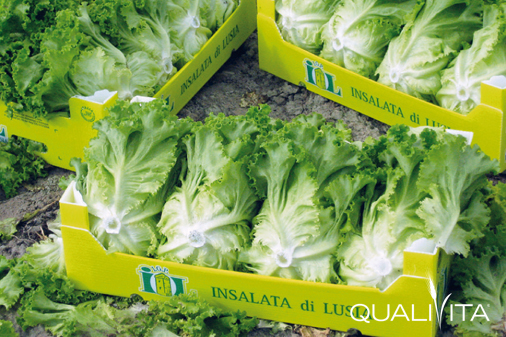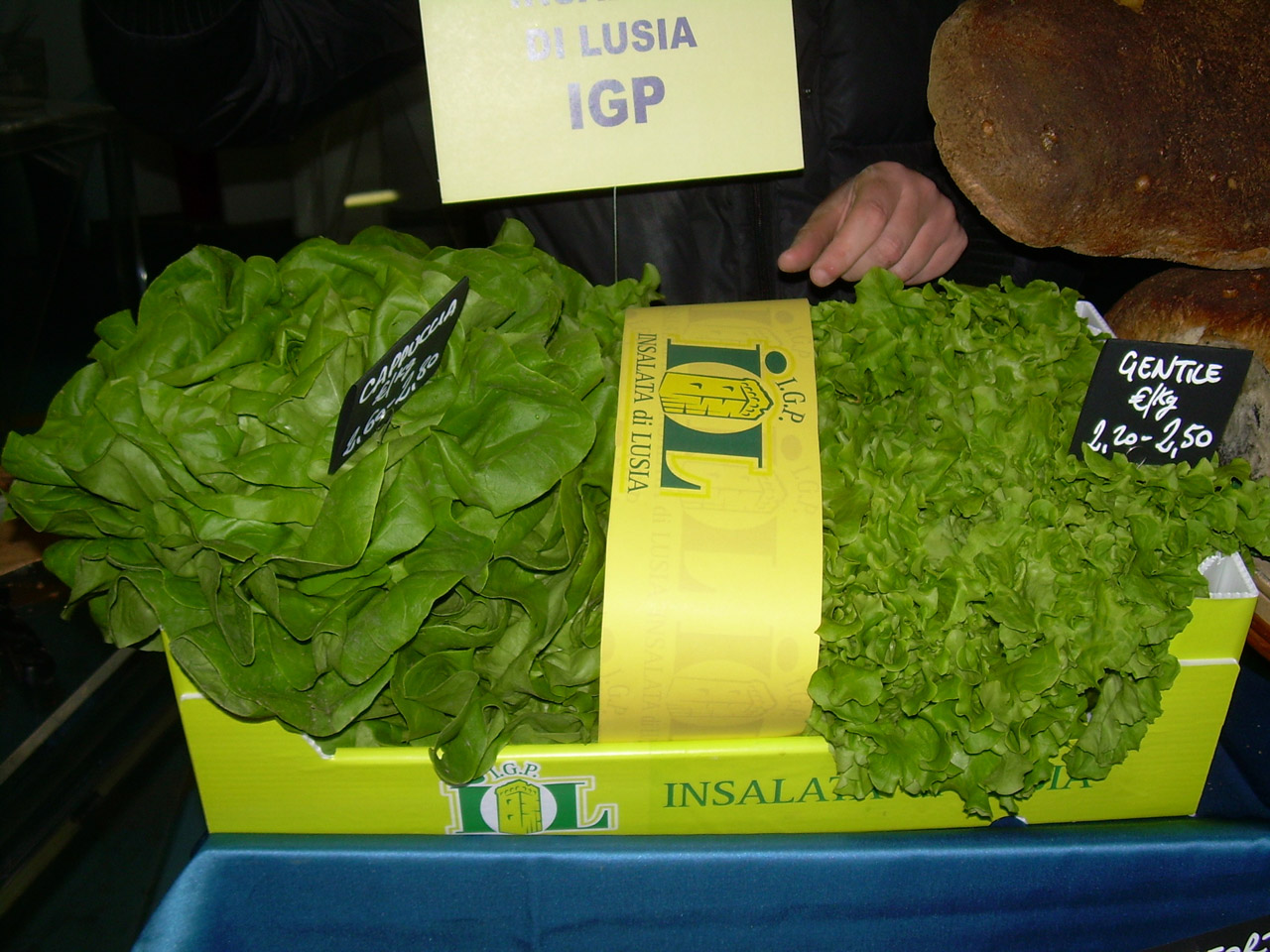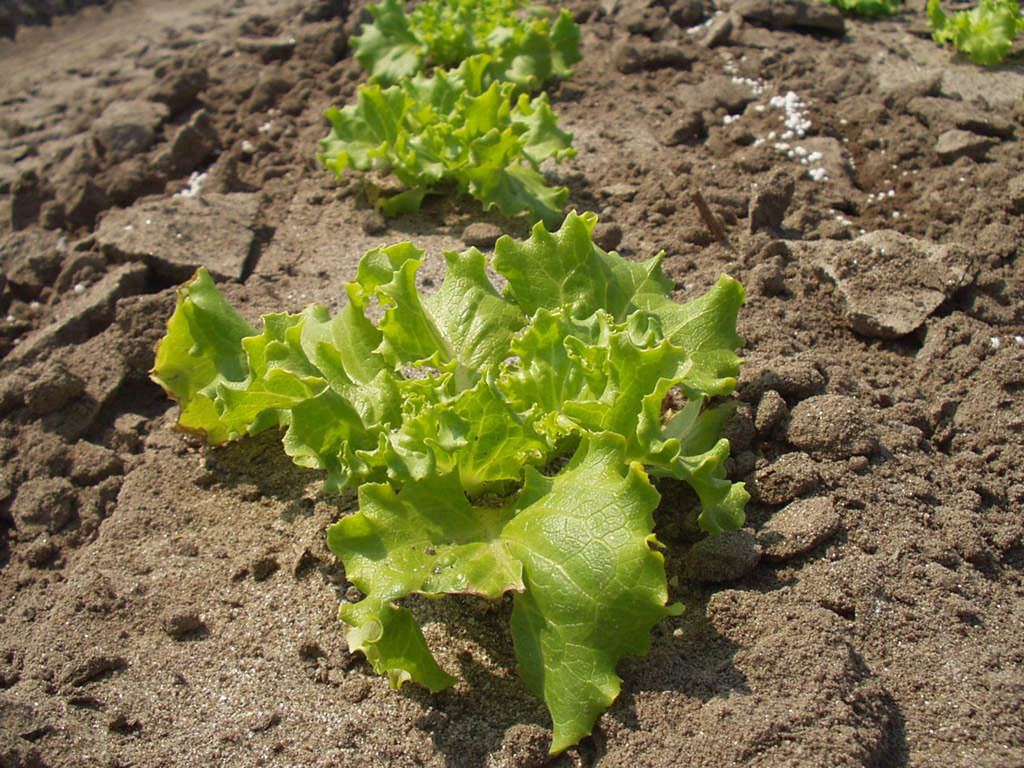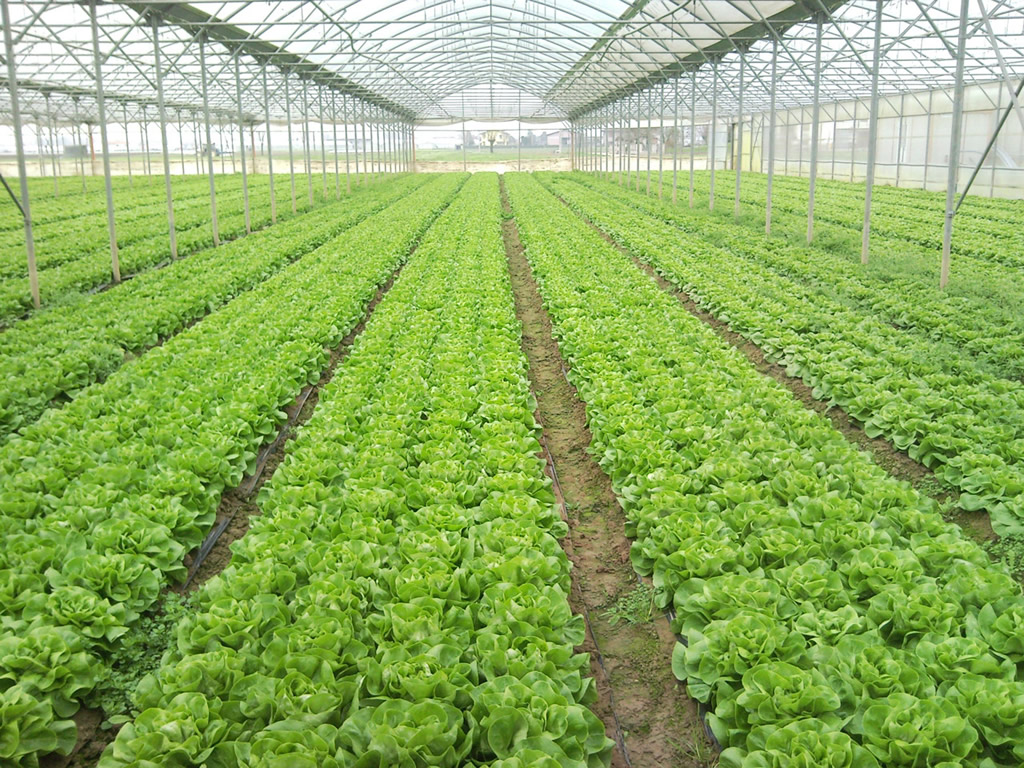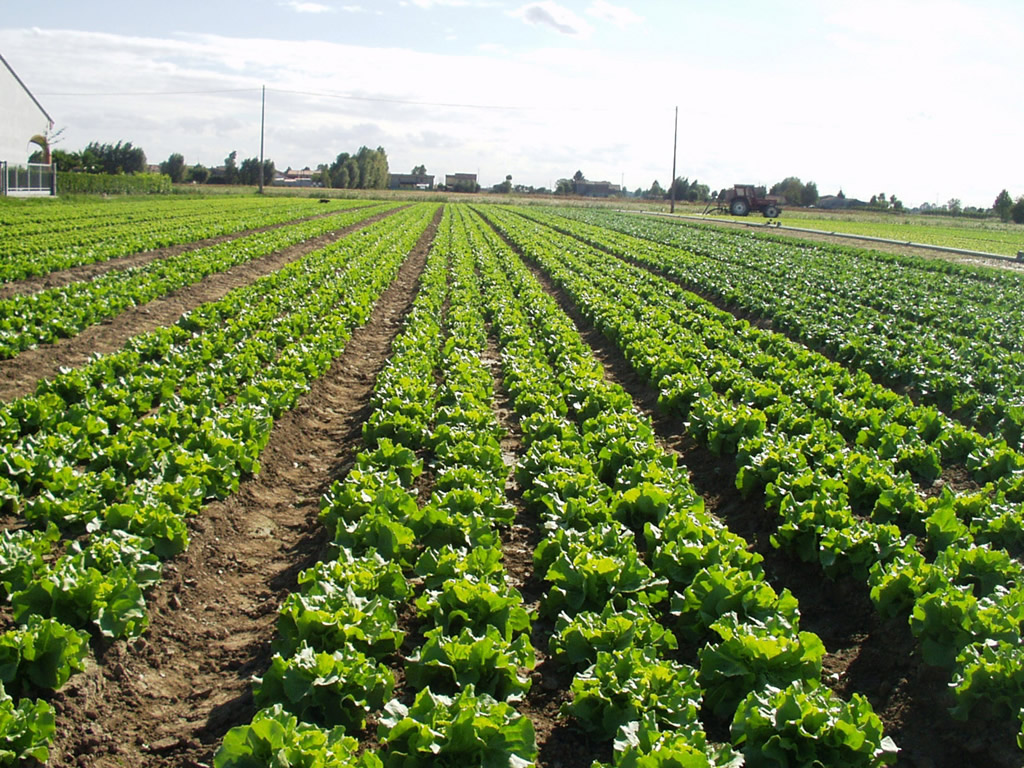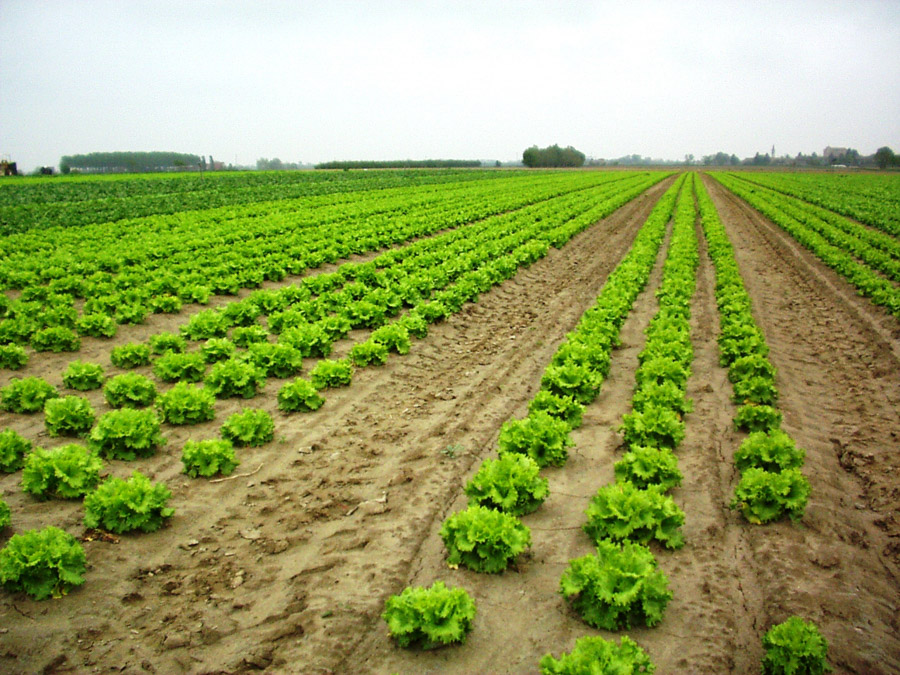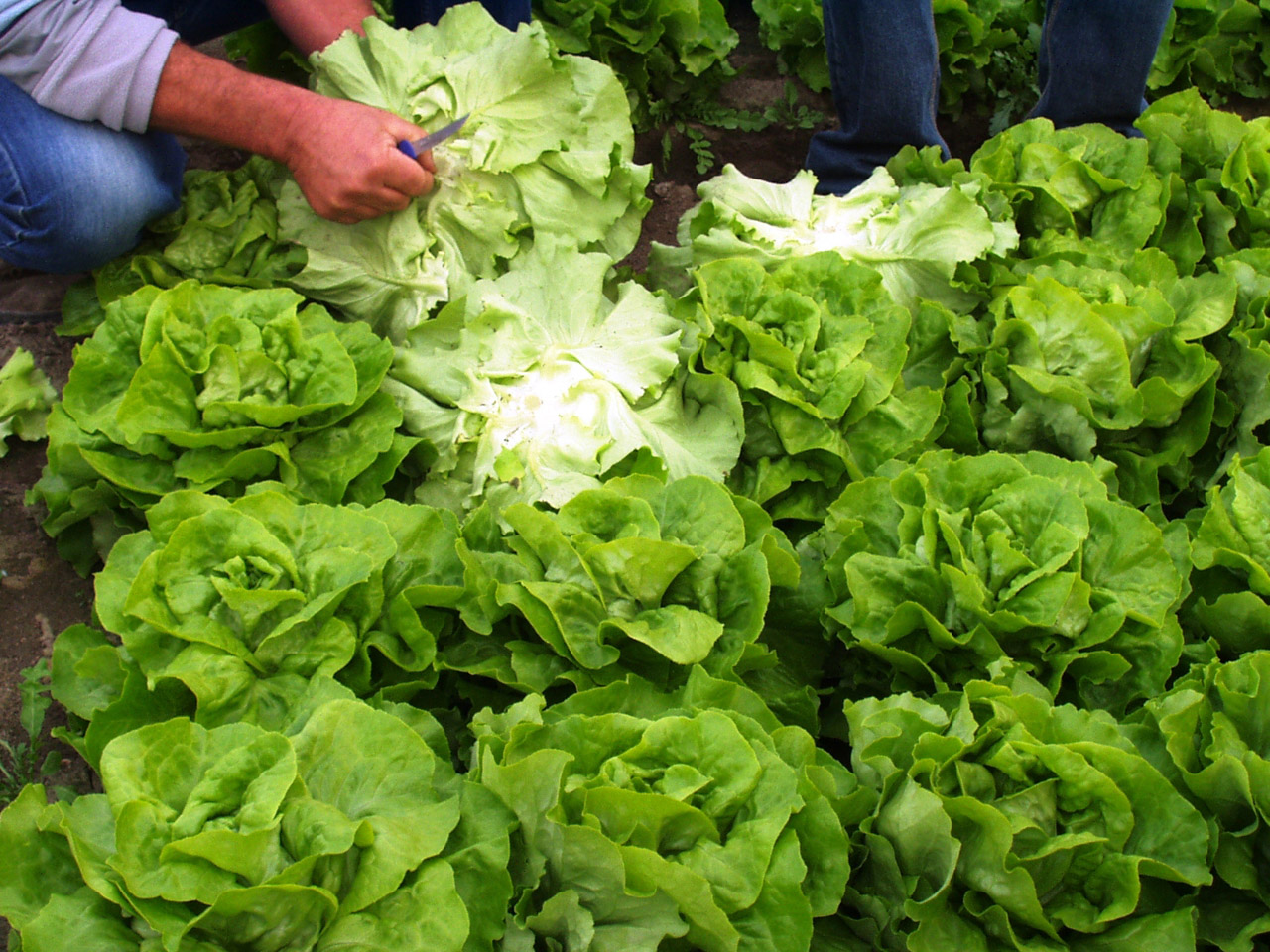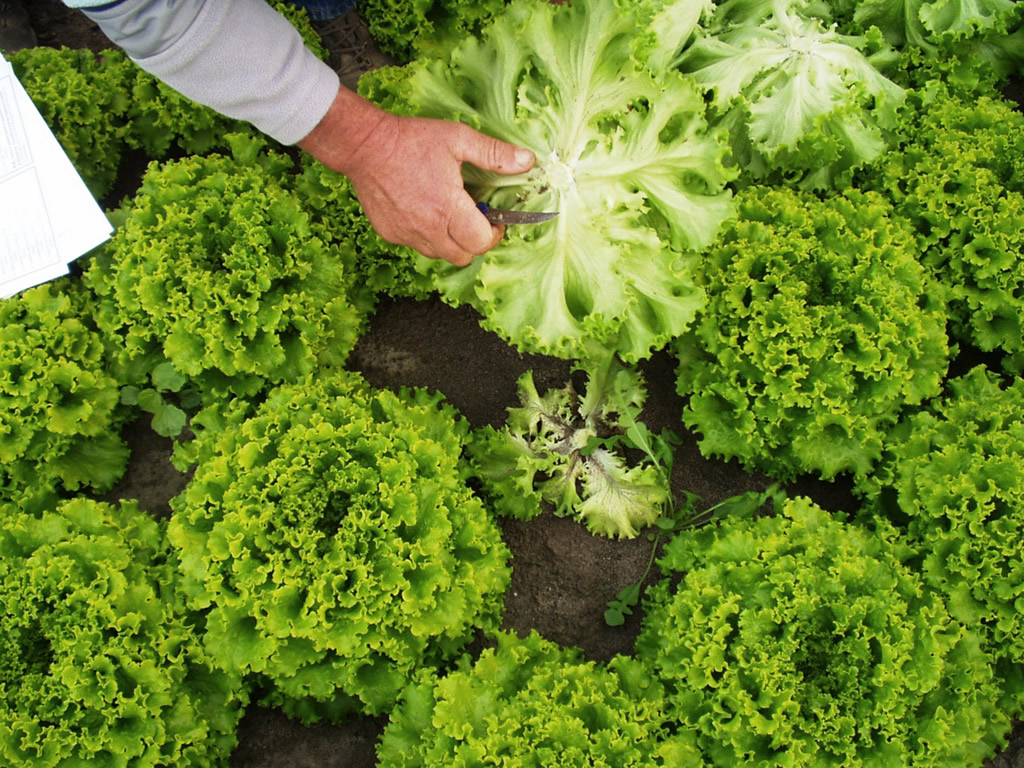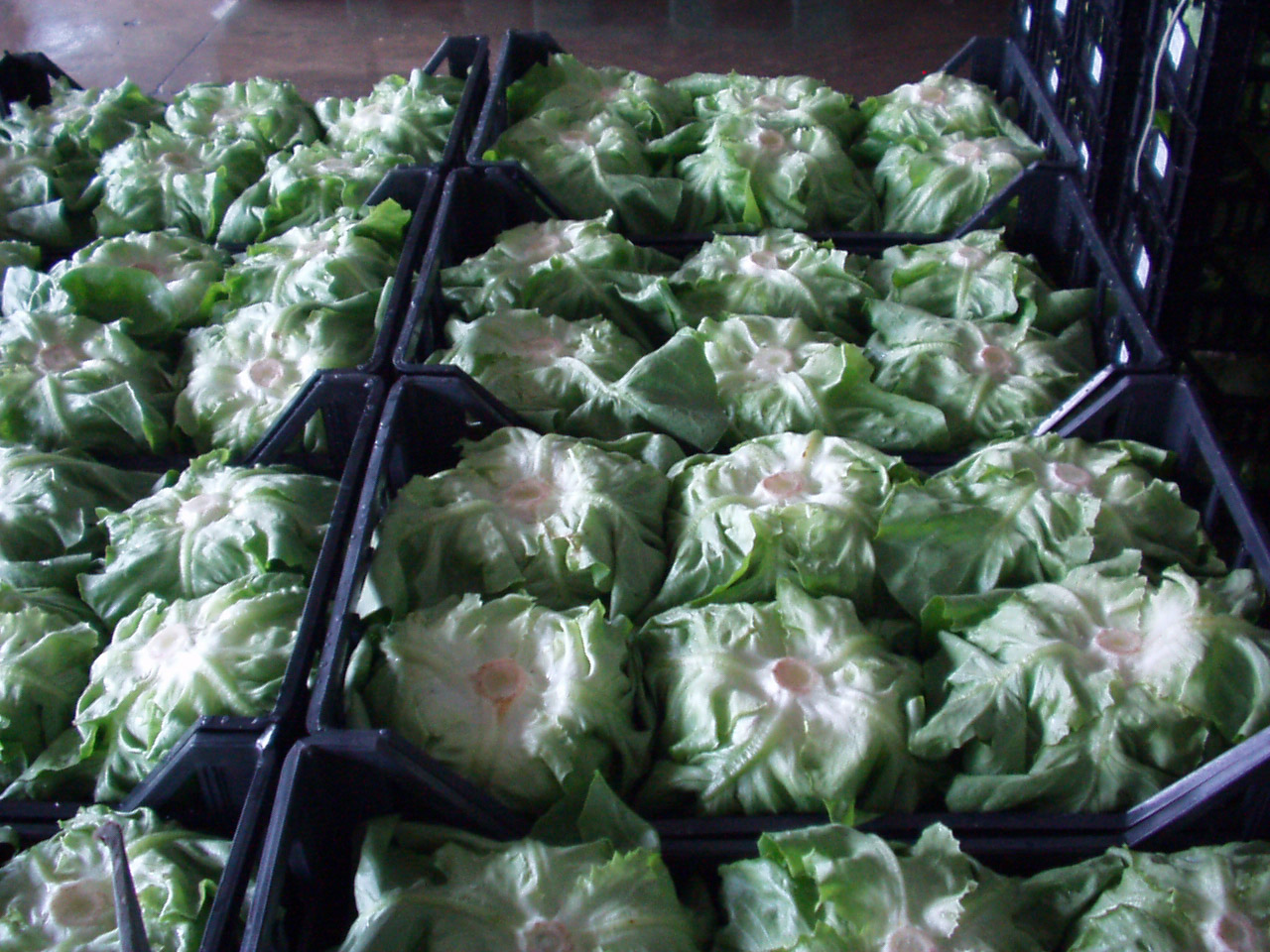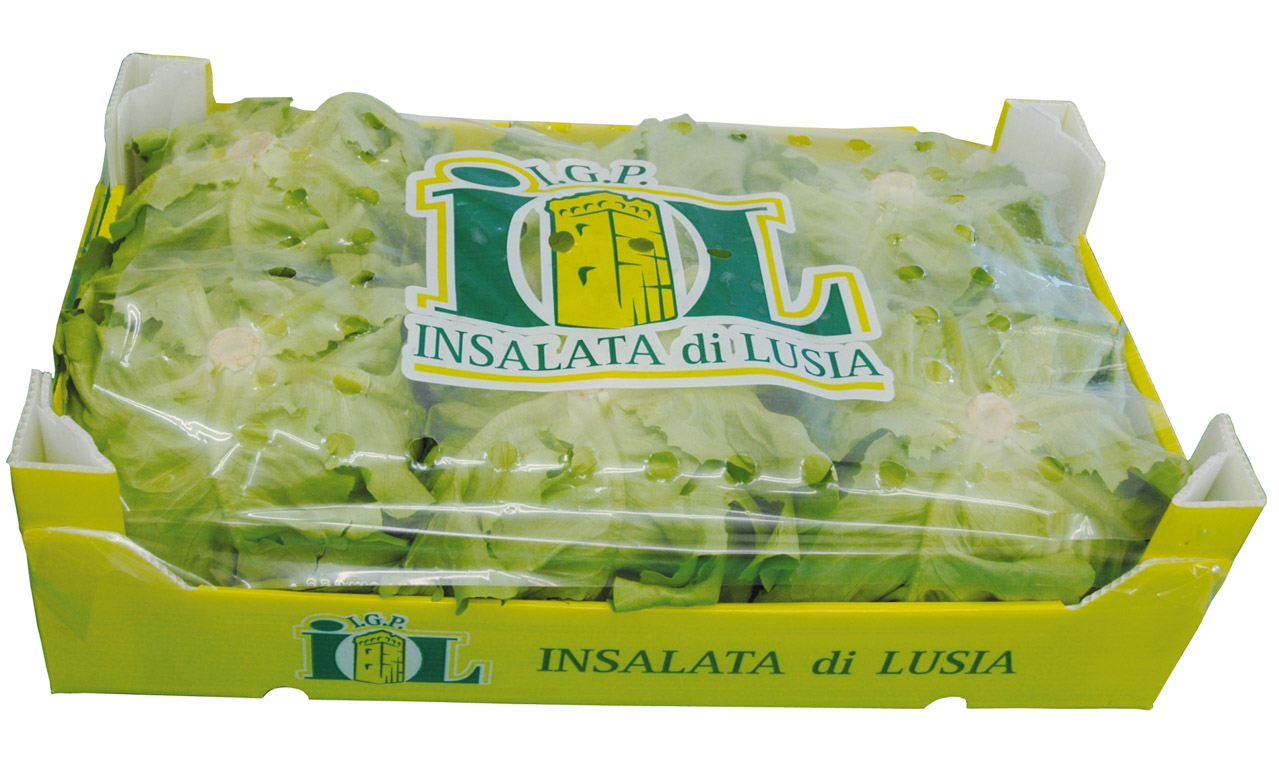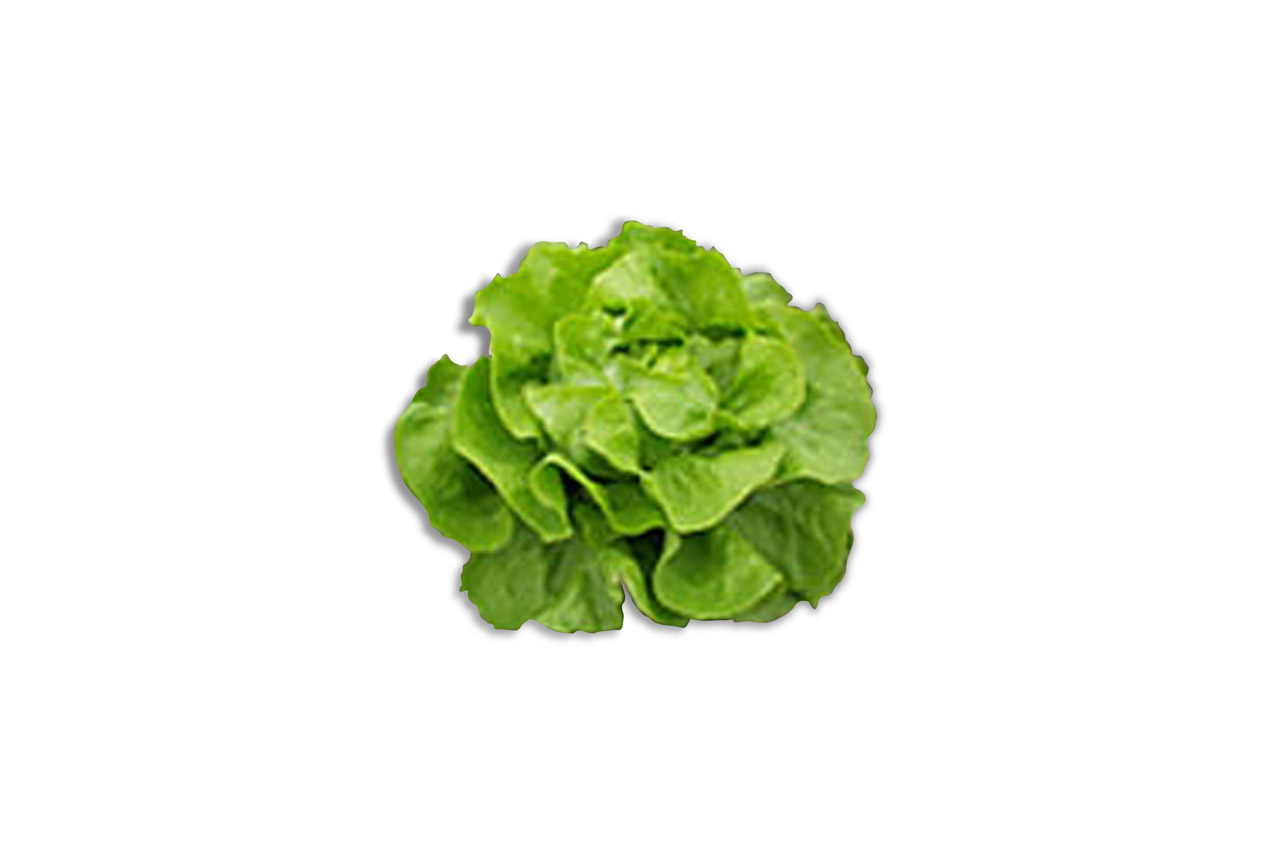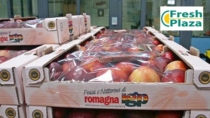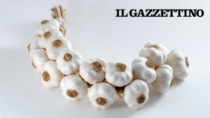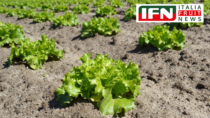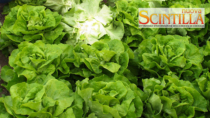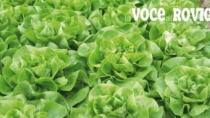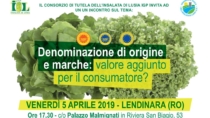Description
Insalata di Lusia PGI is a fresh large-leaf lettuce belonging to the species Lactuca sativa of the family Asteracee, deriving from the Capitata (also called Cappuccia) and Crispa (also called Gentile) varieties.
Production Area
The production area of Insalata di Lusia PGI is within the bordering territories of the following municipalities: Lusia, Badia Polesine, Lendinara, Costa di Rovigo, Fratta Polesine, Villanova del Ghebbo, in the Province of Rovigo; Barbona, Vescovana and Sant’Urbano, in the Province of Padua, in the Veneto region.
Production Method
The soil for the cultivation of Insalata di Lusia PGI must be well-prepared, both in open fields and for protected crops. Seedlings with 3-5 leaves and root balls planted in perforated containers are used. Each row is planted with a distance of 30-35 cm between the plants and 30-35 cm between the rows. Irrigation is minimal after plantation, thanks to the presence of groundwater that meets most of the crop’s water needs. Harvesting begins when the Gentile variety reaches a weight of at least 150 g and the Cappuccia variety a weight of at least 200 g. The head of lettuce is washed and the basal leaves are eliminated. These operations, known as toelettatura, are carried out in the fields so as to avoid further manipulation that could damage the quality of the product. Once cleaned, each lettuce head is pre-packaged and transported to suitable areas where packaging is completed. Insalata di Lusia PGI may then be subjected to fourth range processing, therefore there are no limitations on the production area.
Appearance and Flavour
Insalata di Lusia PGI has a short, fleshy stalk that varies in length. The Cappuccia variety weighs between 200 and 450 g; the leaves tend to be bright green with a wavy, compact shape and are crunchy with a fresh flavour. The Gentile variety weighs slightly less, ranging from 150 to 450 g; the leaf is bullate with a jagged border and has a bright pale green colour.
History
The origins of horticulture in the Lusia area date back to the beginning of the 20th century, as an activity destined for family consumption. The production of lettuce is mentioned in the notebooks of the area’s producers since 1933, with the use of the words Latuga (lettuce) or Salata (salad), generally used to identify the Cappuccia variety. According to the statistics of horticultural production in the 1950s, lettuces were the second product in terms of quantity. The introduction of the Gentile variety dates back to the 1960s, thanks to several traders from Lusia who imported it from the Veronese market they often visited. Since then, production has been constantly improved through the genetic selection of varieties, as well as the suitability of the soil.
Gastronomy
Insalata di Lusia PGI must be kept in a cool, dry place, away from direct light and heat sources. It is ideal as a side dish to meat or fish, but it can also be a complete meal when combined with raw vegetables, legumes and cereal berries, tuna in oil or different types of cheeses, for example Casatella Trevigiana PDO, which is ideal for enriching a fresh salad.
Marketing
The product is marketed as Insalata di Lusia PGI in the Capitata or Cappuccia and Crispa or Gentile varieties. It is sold in plastic, wood and polystyrene boxes, in cartons and in other suitable food-grade materials. It is available for 10 to 11 months a year.
Distinctive Features
The pedoclimatic conditions of the production area give Insalata di Lusia PGI the qualities which differentiate it from other similar products. In particular, the soil and the water are rich in mineral salts, giving the product plenty of potassium and calcium, as well as a good flavour; it can, in fact, be eaten without adding salt.





